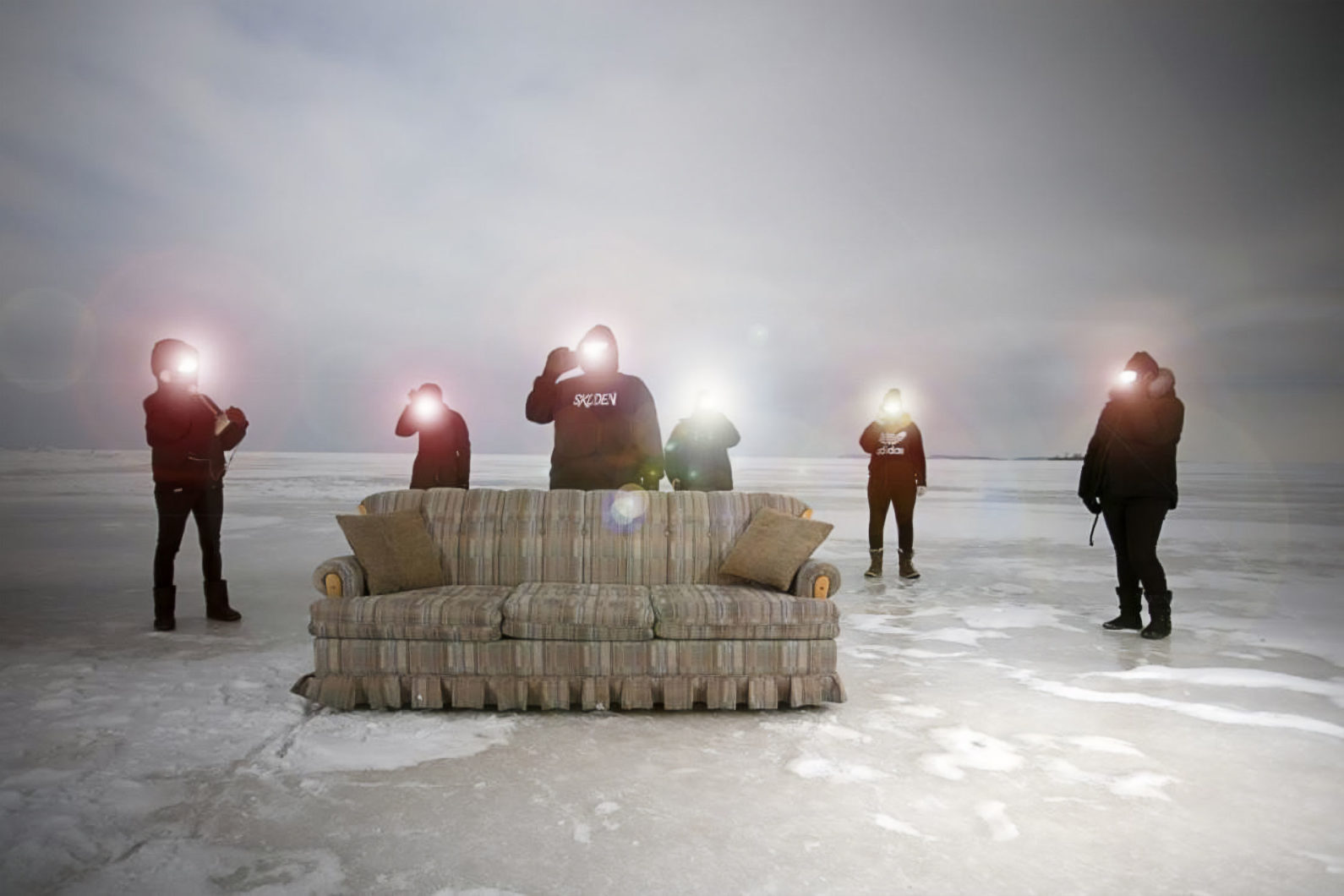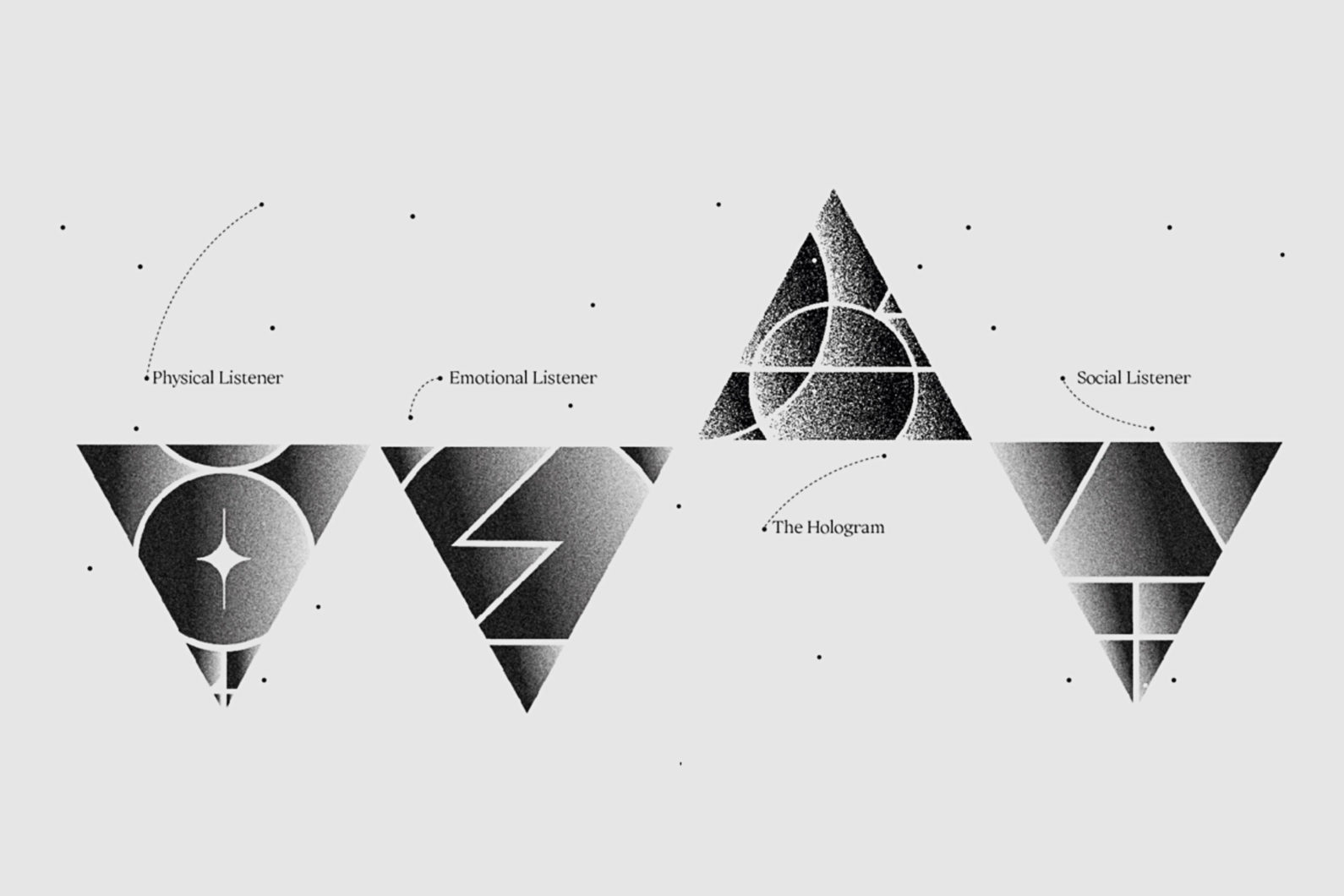The Hologram
A four-person health monitoring and diagnostic system practiced from couches all over the world
 The Hologram, Cassie Thornton, 2020
The Hologram, Cassie Thornton, 2020
 The Hologram’s Resident Witch, Stella Lawless, 2020
The Hologram’s Resident Witch, Stella Lawless, 2020


Initiator(s)
Cassie Thornton
Description
The Hologram is an integrative care model for the distribution of mental, emotional, social and physical care where the currency is time. Care is distributed through a protocol elaborated by the early users of the project, who collectively developed a toolkit, a course and a community of practice to support each other in the process. The person in need decides to become ‘The Hologram’ and invites three friends who become ‘The Triangle’. The group should commit to periodic meetings, either in person or online, to support the mental, emotional, social and physical health of the hologram. To activate the process, users can find a book, a guide, and a meeting helper on the project’s website or attend one of the courses regularly offered by a group of facilitators. Users are encouraged to actively participate in the community of practice every month to share their experiences with the Hologram and potentially bettering the protocol.
Context
The Hologram was one of the strategies elaborated by the ‘Intentional Community in Exile’ (ICE), a project developed by Thornton which took the form of a ‘new mutual aid society built to sustain radical, creative and political practices within a hostile economic system’. Starting from a shared condition of precarity as artists and activists constantly living at high risk of eviction in California, the group’s attempt was to elaborate a toolkit to exit economic precarity by building human relationships instead of accumulating goods and capital. The idea was further developed thanks to the Greek Solidarity Clinics movement, an experiment in radical healthcare, which consists of doctors, nurses and other health professionals offering autonomous and free access to basic healthcare.
How to use it
The Hologram is a social technology developed by its users across the world. It can be applied online or in real life following the guidelines provided by the facilitators. The Hologram does not substitute professional medical care if one can afford it. It provides support and solidarity without money exchange.
Goals
Through practising the Hologram, it is possible to ask for long-term help, support and solidarity without money exchange. The Hologram does not substitute professional medical care but fosters the construction of a strong multidimensional network, collectively oriented social practices and trust that can outlive capitalism. The protocol of the Hologram ensures that all caretakers are cared for and regards properly supporting someone else’s wellbeing as therapeutic in itself.
Beneficial outcomes
Users receive mental, physical, emotional and social support and are trained to give it to others using the same protocol. So far, over 200 people worldwide have participated and activated the Hologram online or in person, and many of them have participated in one of the 6 courses. Free educational resources such as video recording, toolkits and manuals are available for free on the project’s website.
Location
Everywhere
Field
Use-It-Together, Coefficient of Art
Strategy
Redistribution
Users
Everyone
Maintained by
Initial supporters were: UC Berkeley Art Museum & Pacific Film Archive, Furtherfield, De Fabriek Eindhoven, A Blade of Grass, Creatures. Now it has been maintained by its users
Duration
2020 - ongoing
Category
Scientific
Pedagogical
Politics
Urban Development
Economy
Environment
Social






